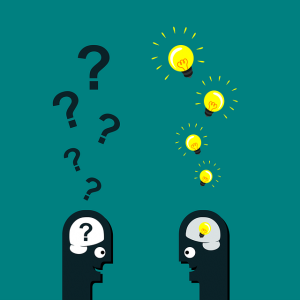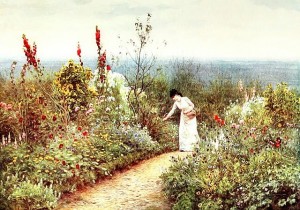The latest book I’m reading, Life Lessons from a Brain Surgeon by Rahul Jandial, MD offers many interesting facets into the brain, along with recounts of exciting and harrowing brain surgeries. One somewhat practical section covers creativity – how it comes to be and how we can harness it.
First, he debunks the “right brain/left brain myth” (as he calls it) which is the idea that the right side of the brain is the “creative side” and the left is the “logical/analytical” side, and that each person tends to favor one side over another. He says  that each hemisphere does have a particular focus, but that creative people are more “right-brained” and “left brained” are more logical is not true. Stating a study that involved reviewing over a thousand MRI brain scans, it was determined there is no greater strength of each hemisphere per individual. Dr. Jandial’s sums it up, “In other words, math geeks and computer programmers use both sides of their brain equally, as do painters and poets.”
that each hemisphere does have a particular focus, but that creative people are more “right-brained” and “left brained” are more logical is not true. Stating a study that involved reviewing over a thousand MRI brain scans, it was determined there is no greater strength of each hemisphere per individual. Dr. Jandial’s sums it up, “In other words, math geeks and computer programmers use both sides of their brain equally, as do painters and poets.”
Knowing this, how do we come up with creative ideas or novel notions to write the next book, figure out the best way to perform a task or solve a problem? The brain surgeon and researcher has some recommendations:
- Jandial’s first suggestion is just let your mind wander. He says that the brain should not be likened to a computer, but to an overgrown garden. In his opinion, “mind-wandering through your own garden of thoughts, memories, feelings, and
 desires is a sure way to discover your inner creative self.” Science backs this up by again studying MRI scans that show connections between different areas of the brain when engaging in day dreaming. He says that creativity requires “a balance between homing in and spacing out, between mastering material and going off on a tangent.” So, go ahead and stare off into space. It’s good for you!
desires is a sure way to discover your inner creative self.” Science backs this up by again studying MRI scans that show connections between different areas of the brain when engaging in day dreaming. He says that creativity requires “a balance between homing in and spacing out, between mastering material and going off on a tangent.” So, go ahead and stare off into space. It’s good for you!
- His second recommendation is to simply let kids play (and adults too). Unstructured play as children is a “boon to later creativity.” Imaginary ga
 mes and free play allow kids to explore all kinds of different worlds and ideas that they wouldn’t necessarily discover while staring at a tablet or going to a structured karate class. And adults can benefit too. Play (in however you define it) allows a freedom that we don’t experience while blindly watching TV or continuously checking email.
mes and free play allow kids to explore all kinds of different worlds and ideas that they wouldn’t necessarily discover while staring at a tablet or going to a structured karate class. And adults can benefit too. Play (in however you define it) allows a freedom that we don’t experience while blindly watching TV or continuously checking email.
- And while we’re all playing, Jandial says to do it outside because nature has a place in nurturing creativity. He stated an experiment in which a psychologist took both men and women, and had half take a test of creativity before a 4-6 hour backpacking trip, and the other take the test after. Those who took it after being in nature scored 50% higher. But Jandial says you don’t have to spend hours hiking in order to harness creativity, simply taking a walk outside will do help. “A little exercise, some fresh air, the passing of the seasons: it’s all fuel for your creative brain.” (He also added that Einstein would walk over a mile and a half to his office at Princeton each day).
His final note is that boosting creativity has a common thread, “to break the routine and spend more time goofing around.” He is aware that this is not the easiest thing to do, but asserts, “human beings are not automatons. We are called for  greater things.”
greater things.”
Jandial’s recommendations are good reasons to put the phone down, to get off the couch or behind the desk, and simply have fun – be it in a wondrous daydream, walking around the block, or playing some ridiculous made-up game with your kid. Your creative brain will thank you for it!